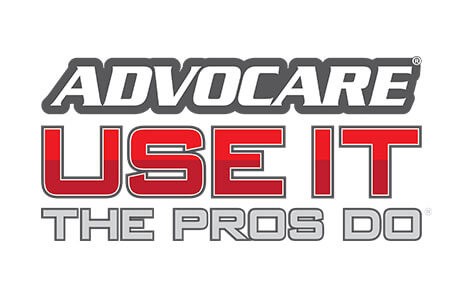Does your low back ever hurt, seemingly for no reason?

According to recent studies, it is estimated that up to 84% of people experience low back pain at some point in their lives. It can range from mild nagging pain, that makes everyday activities a little more difficult and tiring, to debilitating, stuck in bed for days pain, and can sometimes be chronic for years. There are many possible causes for low back pain in the body and often, multiple factors are at work to lead to the annoying syndrome.
Some common causes of pain in the low back
Some of the more common causes of back pain are strained muscles, ligament sprains, bulging or herniated discs and spine/pelvis dysfunction. It is always important to have your situation evaluated by a healthcare professional so you know where the actual source of pain is coming from. There are some things that you can do to help manage and prevent problems from becoming worse, or even occurring in the first place. As time goes by and our bodies gain more wear and tear due to small injuries from athletic activities, prolonged sitting or chronic physical overuse. Because of this we can develop muscle weakness and imbalances that can ultimately lead to the common causes of back pain mentioned above. So while the diagnosis of the source of pain is important, it can be equally or even more important to try to determine what caused those diagnosed conditions to occur in the first place.
The largest, most powerful muscle
Although there are many muscles in the low back and hips, just about everyone has heard of and knows where the gluteus maximus is, but did you know it is the largest most powerful muscle in the body? The muscle itself runs from the Pelvic bone and lower portion of the spine (sacrum) to the outside portion of your leg and hip (femur). Its primary job or movement is to extend the entire leg, which means to pull the thigh behind your hips. Because of where it is, what it does, and how strong it is, It plays a major role in stabilizing the pelvis and lower back. With the lifestyles, jobs and conveniences of today’s society, we are forced to sit for long periods of time, and not always required to climb stairs or walk long distances etc. As a result, it is common for the gluteus maximus muscle to weaken, and not stabilize the low back against other muscles the way it was designed to.
Do you have Glute amnesia?
In addition to weakness, prolonged sitting can cause the muscle to shut down and actually “forget” how to fire when it needs to, causing extra stresses to the joints, ligaments and other muscles of the low back. This condition is known as “glute amnesia” or “dead butt syndrome”, and is a syndrome that has been more recently recognized as something that can eventually lead to the injuries that may be the cause of low back pain. Did your glutes forget? There is an easy way to determine if they are functioning up to par. From a seated position, place your feet flat on the ground about shoulder width apart, and your knees bent at 90 degrees. Now try to stand up without rocking back first, and creating momentum or letting your knees go in front of your toes. Then see if you can stand all the way up without leaning forward and putting your hands on your thighs. If you had to do any of those things, your gluteus maximus has likely forgotten its job, and is forcing other muscles, ligaments, joints as well as discs, to take extra stresses they weren’t designed to take. Those stresses are where the injuries can come from. As we age, we are adding more repetition to these activities, and more time for imbalances to occur, so it becomes increasingly important to make sure the glutes are working properly, stabilizing, protecting and preventing low back pain.
Exercises for glutes and low back
Here are some simple and safe exercises that most can do to help strengthen the glute muscles as well as the lower back.
“bird dogs” as illustrated, on hands and knees, stretch opposite foot and hand at the same time, making yourself as long as possible. Be sure your abdominal muscles are engaged and reach slowly and hold for a slow count of 3. Put hand and knee down at the same time and switch sides.To add more abdominal work, you can touch your opposite knee and elbow before reaching out.
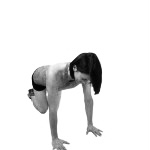
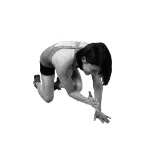
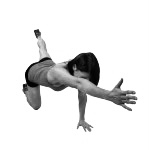
“Step ups” are another glute and leg exercise and can be done with or without holding weights. For the beginner, the step should be no higher than knee and hip alignment, meaning with your foot on the step, your knee is aligned with hip or lower. Step up and down repeatedly with the same leg, and then switch side.
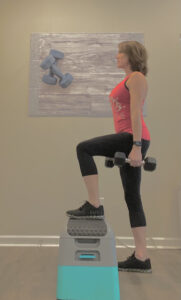

“Bridges” are also great and can be done on the floor with both feet, single leg or with feet elevated on a step or bench. Lying on the floor with your feet hip width apart and feet directly under knees, raise hips off the floor, engaging your glute muscles and then slowly lower hips, but do not rest on the floor and repeat.
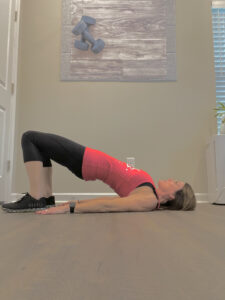
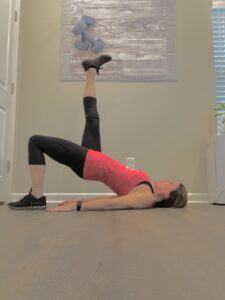
One more exercise is the glute amnesia test mentioned above. Standing up and sitting down repeatedly while trying not to use your hands on your legs or the arm of the chair. You will also want to avoid leaning forward, trying to stand straight up as if a string was pulling you from the ceiling.
I want to thank my husband Dr. Justin Fierro for the majority of the content in this article. You can find him at Healthquest Chiropractic in East Cobb.


